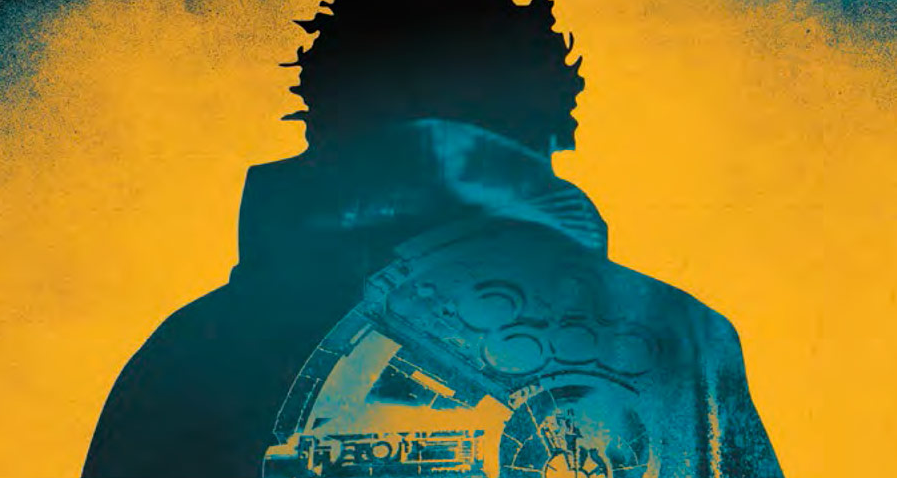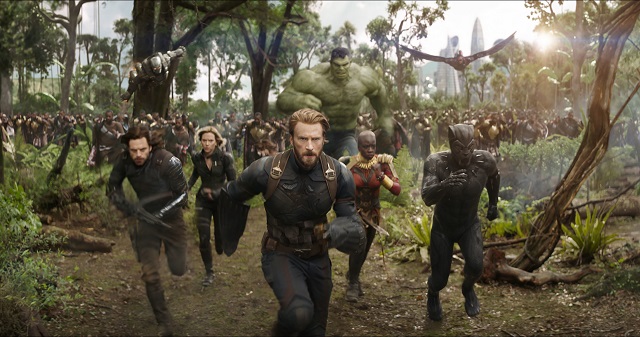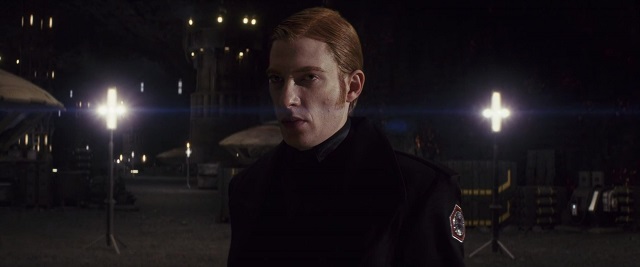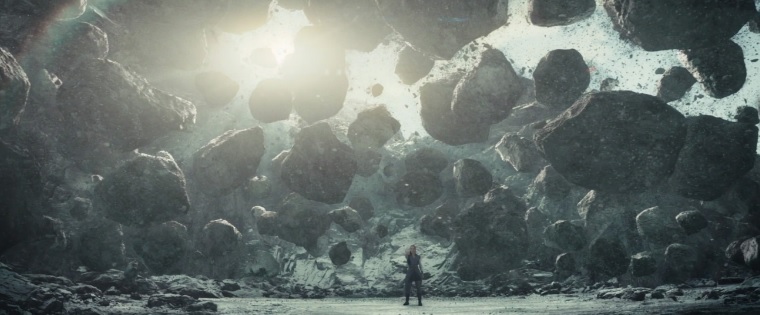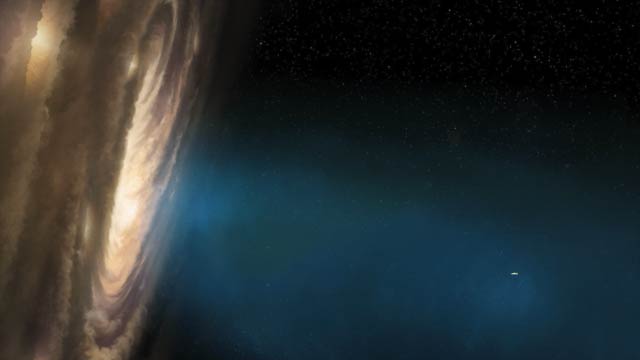
The Solo film is approaching fast, with our first canonical look at the Kessel Run that made the Millennium Falcon famous. We have multiple confirmations now that the Kessel Run is made hard to navigate by black holes in the vicinity, among other things, and this wouldn’t be the first time the new canon has shown this kind of environment as a navigational hazard. Indeed, the heroes of Star Wars Rebels faced such phenomena in their journey through a star cluster, in the second season episode “Legends of the Lasat”.
Black holes and their surroundings are the topic of the astrophysics research I do for a living, so I’ve wanted to talk about this since before I finished writing about Concord Dawn. Because I absolutely loved this scene. Accompanied by the marvelous music of Kevin Kiner, magnificent visuals depict a maelstrom of gas and dust that swirls around a number of bright, hotter spots where the black holes whose gravity dominates the entire region might be located, but they are left unseen. Indeed, the fun thing about these objects is how small and compact they are compared to their mass: the spherical event horizon of a black hole as heavy as our entire Sun would be a bit less than six kilometers wide. When the camera in the episode is pointed sideways, away from the accreting dust, blue streams of ionized gas can be seen coming out of the biggest hot spots. Some in-falling, disintegrating objects, probably asteroids disrupted by tidal forces, complete the picture. I liked it so much that I remarked at the time how, given its description in Legends sources, this could have been a great depiction of the Maw, the black hole cluster located near the Kessel Run.
But there was more. Despite the term “black hole” appearing in concept art, Hera says “imploded star” instead. They probably changed it to make it sound more exotic, but in doing so they actually increased its accuracy! The explanation is as follows. Natural ways to end up with a cluster of black holes involve massive stars exploding as supernovae. Stars tend to form in clusters, and the heavier they are, the faster they burn their fuel and the shorter they live, so massive stars don’t get very far from each other before dying. And if some of these had more than twenty-five times the mass of the Sun, they could leave black holes behind as their cores collapse (or implode). However, the formation of those stars will also produce many more of lower masses. The ones with more than eight times the mass of the Sun will live a few million years longer and their cores will also implode, but this time creating neutron stars. You would also expect some of these in a cluster of black holes like this, and “imploded star” includes both. Read More
